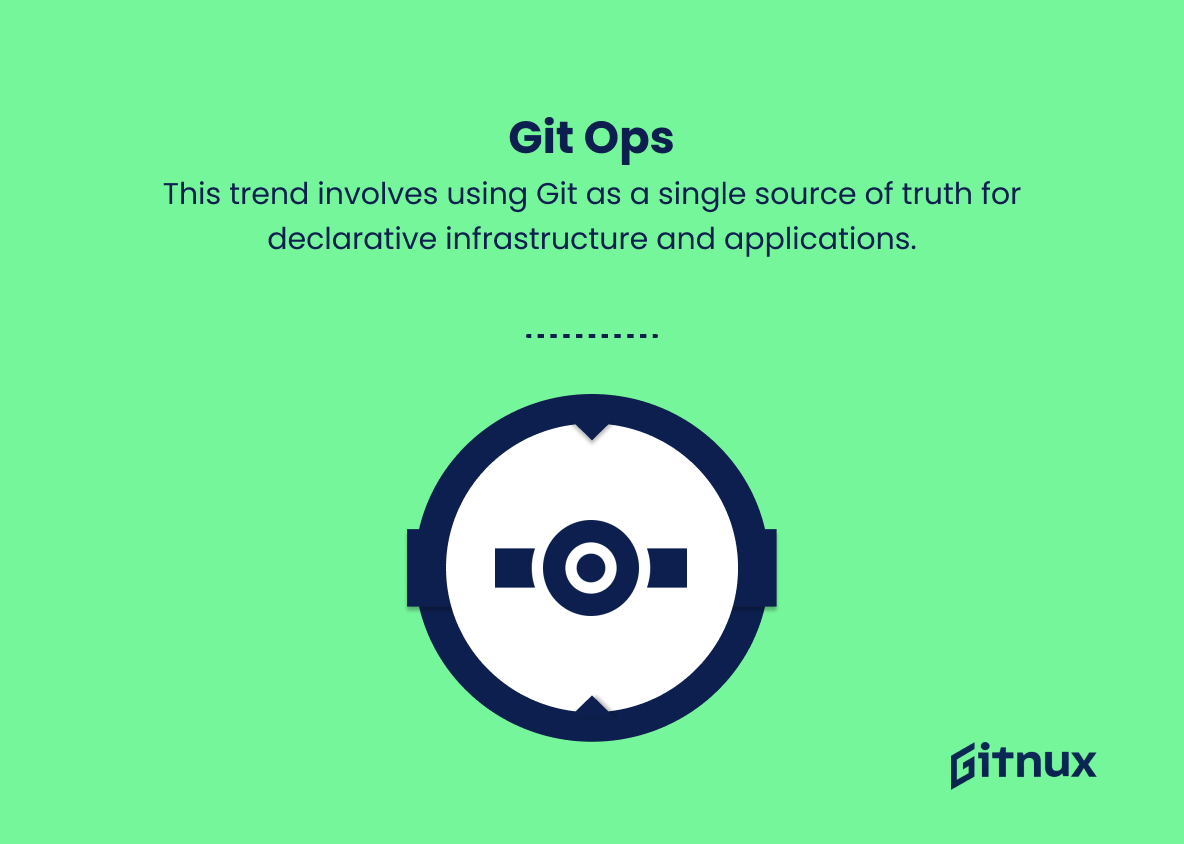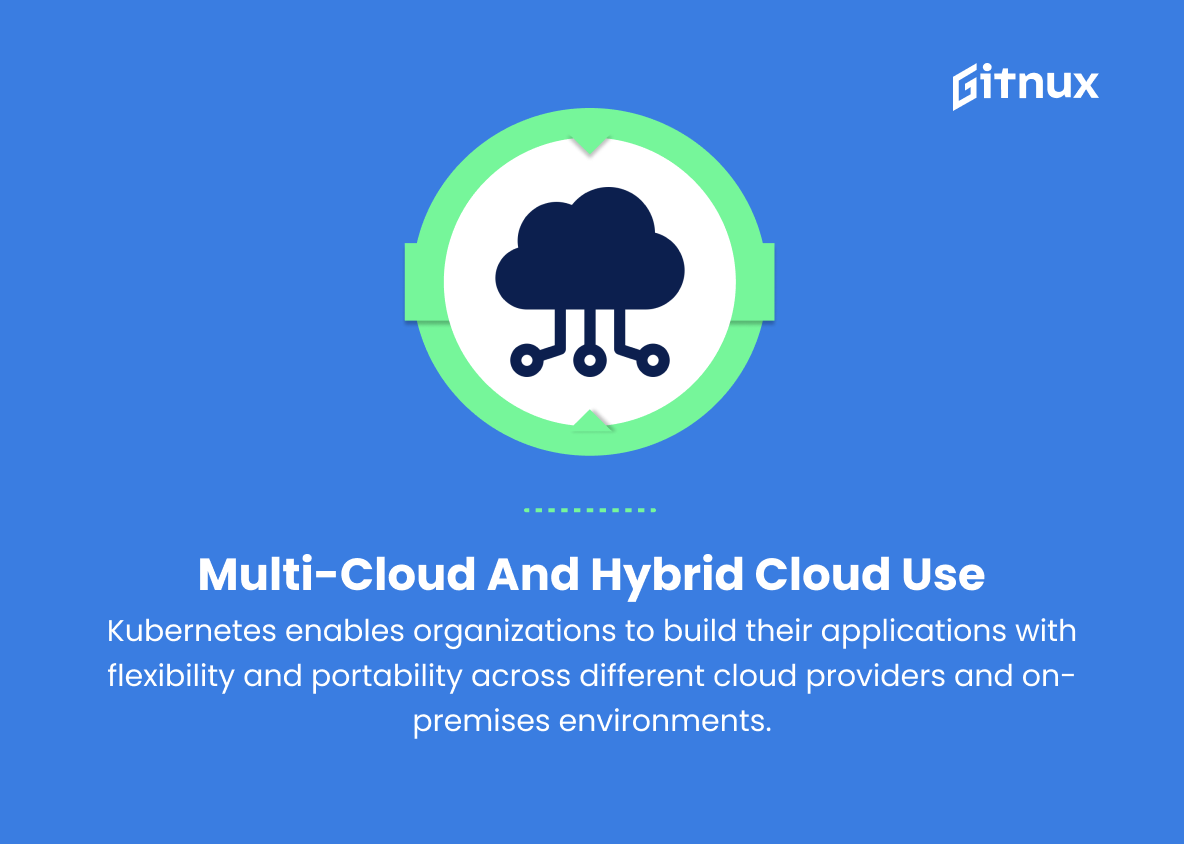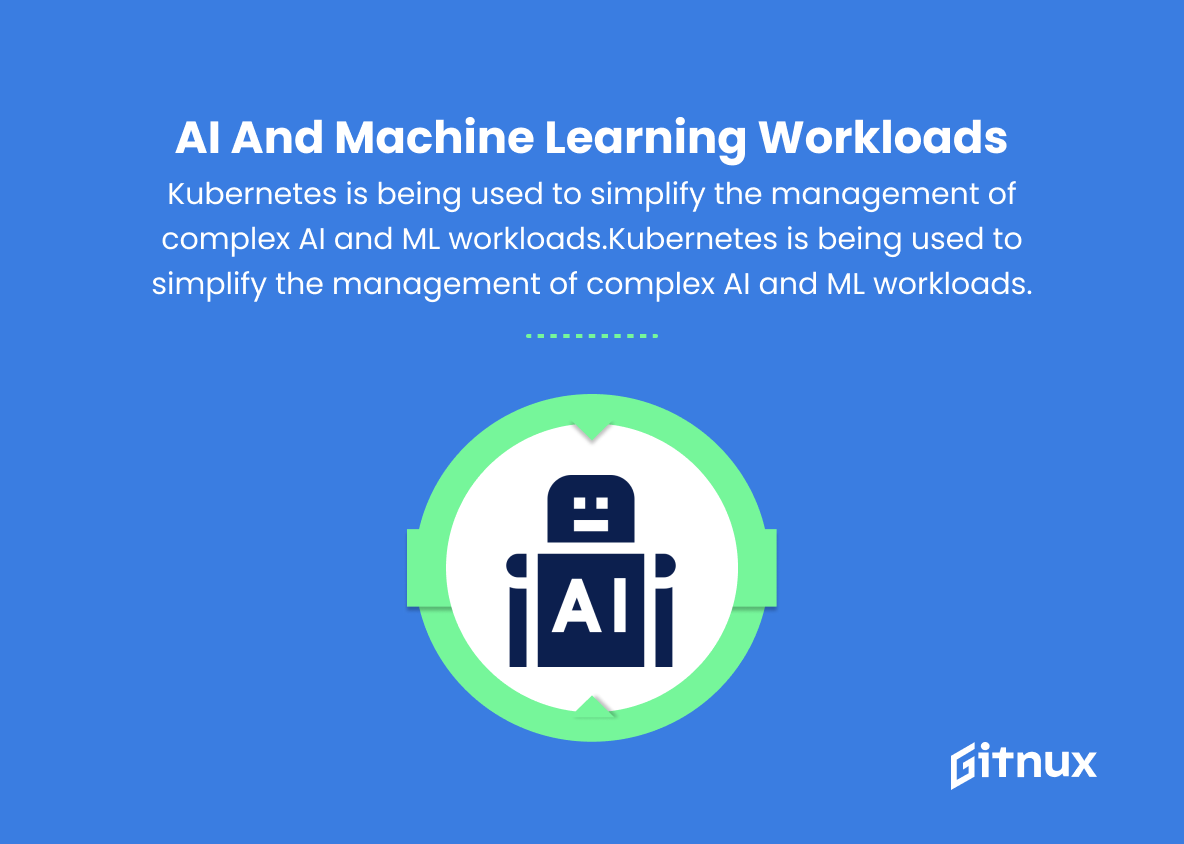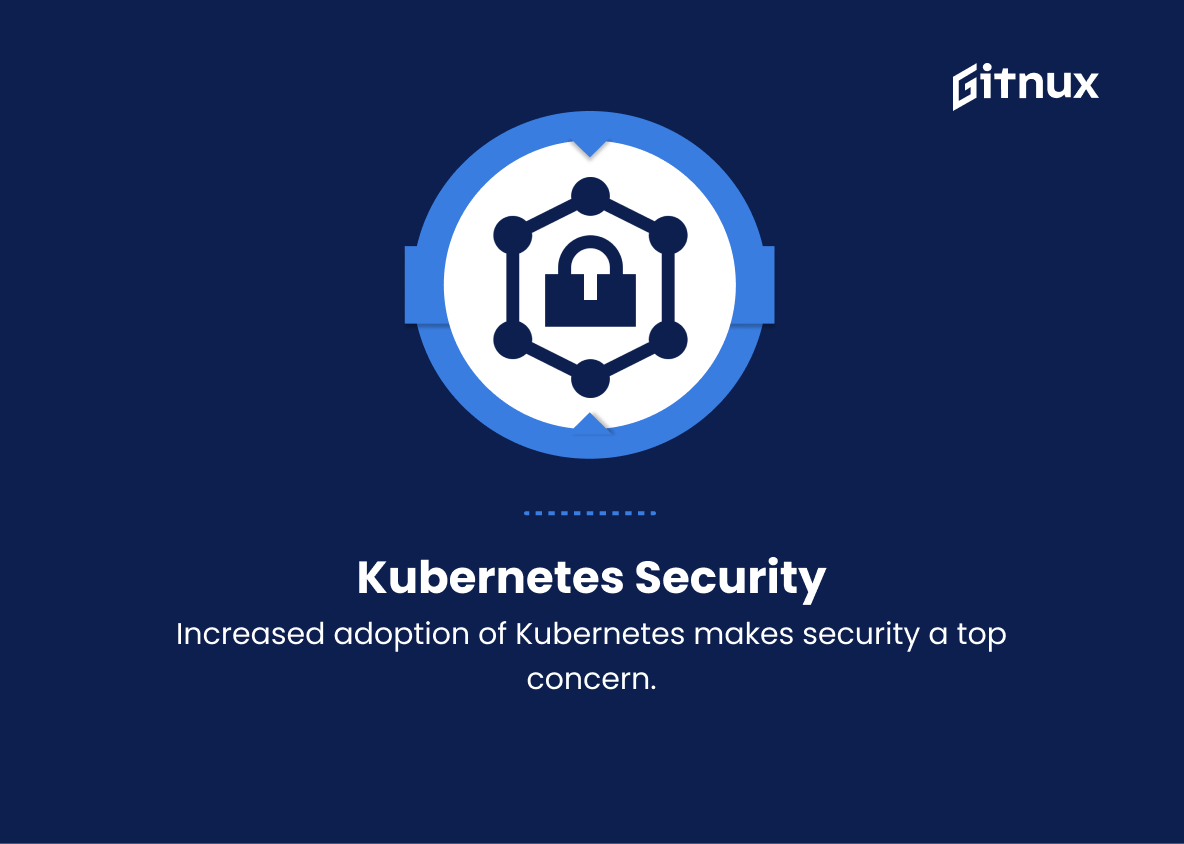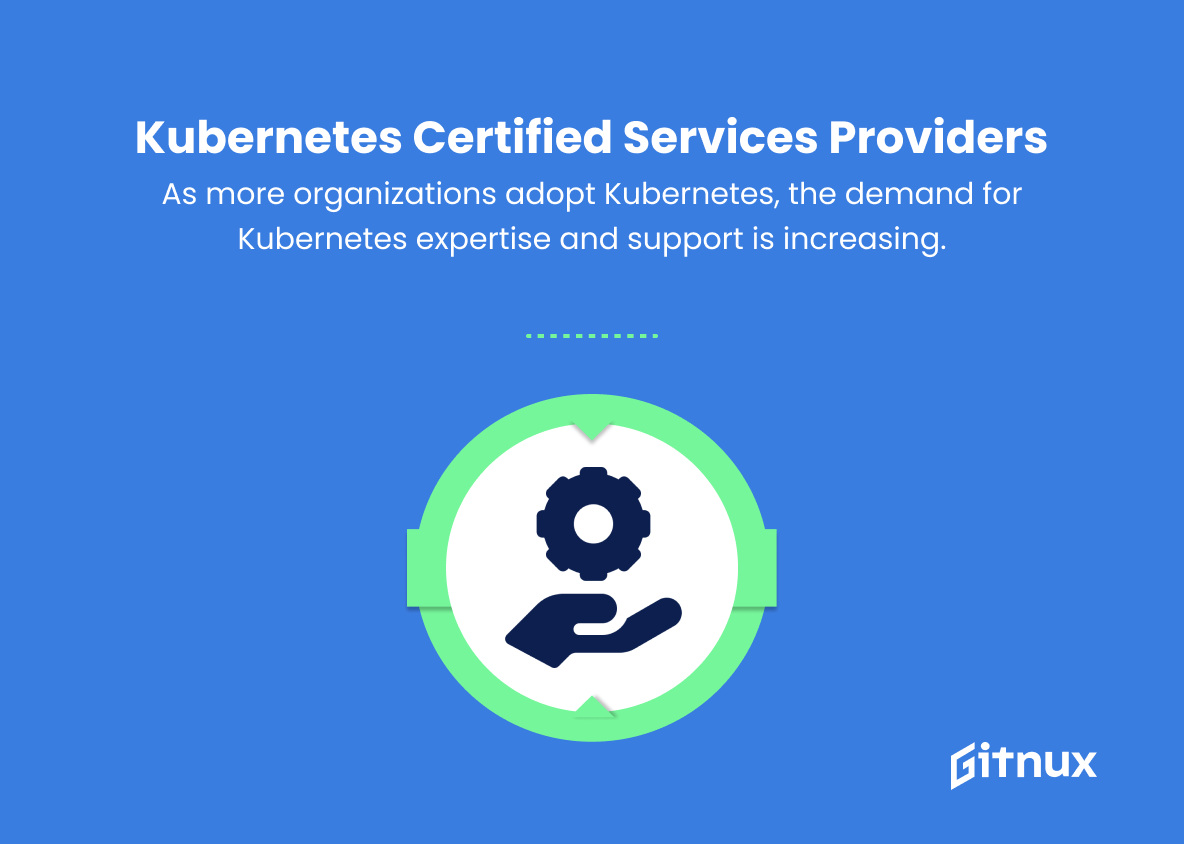In today’s fast-paced technological landscape, businesses and organizations are constantly seeking innovative solutions to manage and streamline their applications and infrastructure.
Kubernetes, the leading container orchestration platform, has emerged as a game-changing technology, providing unparalleled capabilities in deploying, scaling, and managing containerized applications.
As we dive deeper into the world of Kubernetes, it is crucial to keep up with the latest trends, best practices, and advancements in this dynamic ecosystem.
In this blog post, we will explore the most prominent Kubernetes trends shaping the industry, shedding light on the key developments, challenges, and opportunities in container orchestration, and how they could impact the future of software development and operations.
Top Kubernetes Trends
1. Service Mesh Integration.
As microservices architecture becomes more popular, service mesh tools like Istio, Linkerd, and Consul are increasingly being integrated with Kubernetes, providing more reliable and secure communication between services.
2. Git Ops
This trend involves using Git as a single source of truth for declarative infrastructure and applications. Organizations are adopting Git Ops methodologies to streamline deployment, manage configuration, and ensure better visibility and auditability.
3. Multi-cloud and Hybrid Cloud Deployments
Kubernetes enables organizations to build their applications with flexibility and portability across different cloud providers and on-premises environments. This multi-cloud and hybrid cloud support capability is likely to grow in the coming years.
4. Edge Computing Deployments
As edge computing becomes more widespread, Kubernetes is being increasingly used to manage and deploy applications at the edge. Integration of edge devices with Kubernetes presents new opportunities for workload distribution and efficient resource utilization.
5. Serverless Computing
Kubernetes-based platforms like Knative, Kubeless, and OpenFaaS are enabling businesses to adopt serverless functions and reduce infrastructure operational costs. This trend is growing in popularity and is likely to develop further in the coming years.
6. AI and Machine Learning Workloads
Kubernetes is being used to simplify the management of complex AI and ML workloads. As more organizations adopt AI and ML, the trend of deploying and managing these workloads on Kubernetes will continue.
7. Kubernetes Security
Increased adoption of Kubernetes makes security a top concern. Emerging trends include the development of security-focused tools, adherence to security best practices, vulnerability scanning, and securing access using role-based access control (RBAC).
8. Kubernetes on IoT
Kubernetes is seeing growing adoption in IoT scenarios as it allows scalable, secure management and deployment of IoT applications.
9. Container Storage Interface (CSI)
Kubernetes has popularized the Container Storage Interface, which standardizes storage provisioning, allowing persistent storage for containerized applications in a platform-agnostic manner.
10. Kubernetes Autoscaling
A growing trend is the implementation of automated scaling for Kubernetes deployments. This ensures optimal resource utilization and performance during variable workloads by adjusting the number of replicas based on CPU usage, memory utilization, or custom metrics.
11. Progressive Delivery
Techniques like canary releases, blue-green deployments, and feature flags are being used more often in conjunction with Kubernetes to reduce the risk of deploying new features and services.
12. Kubernetes Certified Services Providers (KCSPs)
As more organizations adopt Kubernetes, the demand for Kubernetes expertise and support is increasing. KCSPs are third-party companies with certified Kubernetes experts who can provide implementation and support services.
13. Custom Resource Definitions (CRDs)
CRDs are gaining popularity, as they allow users to extend Kubernetes functionality by creating custom resources for their unique use cases.
Overall, Kubernetes trends involve a mix of technological advancements and industry practices that emphasize efficiency, agility, and security for containerized applications.
Implications
Kubernetes trends reflect the growing demand for efficient, agile, and secure containerized applications, driven by the increasing popularity of microservices architecture.
The integration of service mesh tools improves reliability and security; meanwhile, adaptation of Git Ops simplifies deployment and configuration management.
The multi-cloud and hybrid cloud deployments enabled by Kubernetes offer greater flexibility, while edge computing expands workload distribution capabilities. The rise of serverless computing, AI, and machine learning workloads further diversify the technology landscape.
Additionally, a stronger focus on Kubernetes security, its applications in IoT, and the standardization of storage provisioning through the Container Storage Interface contribute to its growing adoption.
Kubernetes autoscaling optimizes resource utilization, while progressive delivery techniques minimize deployment risks.
The growing demand for Kubernetes Certified Services Providers and the increasing use of Custom Resource Definitions further contribute to the evolving Kubernetes ecosystem, making it a rapidly developing and highly valuable tool in today’s technology landscape.
Conclusion
In summary, Kubernetes has undoubtedly emerged as the industry standard for orchestrating and managing containerized applications. As more organizations embrace this technology, we will continue to see new trends shaping the future of Kubernetes.
This includes areas such as improved standardization, tighter integrations, advanced security measures, and enhanced multi-cloud deployments, all of which contribute to more efficient and scalable systems for modern businesses.
Staying up-to-date with these Kubernetes trends will not only enable teams to leverage the full potential of the platform, but also ensure that they remain competitive in a constantly evolving IT landscape.

